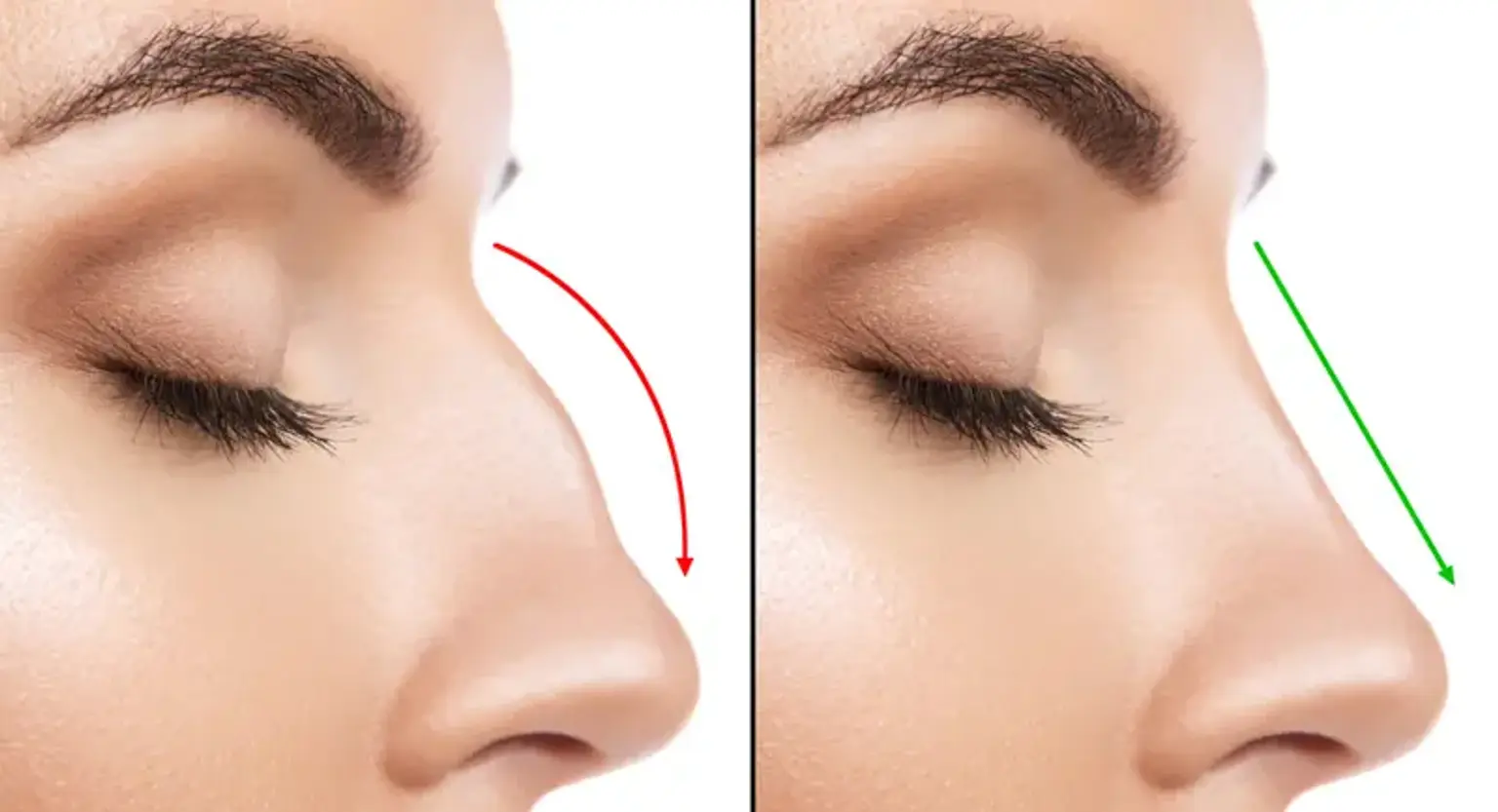Introduction
A crooked nose can impact both appearance and function, leading many to seek crooked nose correction surgery. Whether caused by genetics, trauma, or developmental issues, a crooked nose can make a person feel self-conscious and even cause breathing problems. For some, this leads to a decision to undergo rhinoplasty—a surgical procedure designed to reshape and straighten the nose.
This surgery is widely popular, not only for cosmetic reasons but also for functional rhinoplasty, which addresses structural issues like a deviated septum. In this article, we’ll explore the ins and outs of crooked nose correction surgery and what you can expect from the procedure.
Understanding a Crooked Nose
A crooked nose may manifest as a noticeable bend or asymmetry in the nasal structure. This condition can result from a deviated septum, trauma, or be present at birth. The septum, a wall of cartilage and bone inside the nose, may not align properly, causing the nostrils to appear uneven. In some cases, a crooked nose doesn’t just affect aesthetics but can also cause functional problems, such as nasal congestion and breathing difficulties.
A crooked nose can also affect self-esteem, leading individuals to seek surgery for aesthetic reasons. Whether for appearance, function, or both, rhinoplasty offers a solution to correct these concerns.
What is Crooked Nose Correction Surgery (Rhinoplasty)?
Crooked nose correction surgery, or rhinoplasty, reshapes the nose to improve both appearance and function. This procedure is commonly performed for aesthetic reasons, helping individuals achieve a more balanced and symmetrical face. However, it can also address functional issues, such as correcting a deviated septum and improving breathing.
